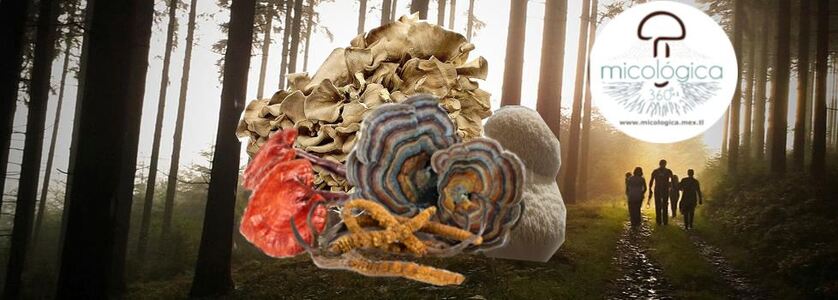
Si buscas
hosting web,
dominios web,
correos empresariales o
crear páginas web gratis,
ingresa a
PaginaMX
Por otro lado, si buscas crear códigos qr online ingresa al Creador de Códigos QR más potente que existe



Nombre cientifico: Ganoderma applanatum
nombre comun: Hongo del artista
Este hongo es muy comun en los bosques templados,
algunos especimenes pueden vivir hasta 50 anos
tal vez mas.
Es llamado asi porque se puede usar como soporte para dibujar su parte inferior, rascando sobre sus poros que quedan luego obscuros.
Estudios en los anos 1990 han demostrado actividad del Ganoderma applanatum en contra de diferentes bacterias como el Staphylococcus aureus.
Sus componentes anti-microbiales fueron descubiertos hace solo 10 anos, pero su uso como te amargo medicinal tiene probablamente mas de 10,000 anos de existencia en las culturas humanas.
Algunos estudios sobre el Ganoderma applanatum:
Valores Medicinales:
-Activa el sistema inmunologico
-Anti microbial
-Antibiotico
-Anti inflamatorio
-Inhibe el crecimiento de tumores
-Anti parasitos intestinales
Componentes activos conocidos:
- Beta glucanos, hetero beta glucanos
- Acidos ganodericos_triterpenes
- triterpenoides lanostanicos
- Antibioticos.
Algunos estudios sobre el Ganoderma applanatum:
Tu Sitio Web Gratis
© 2025 ![]()
![]()
![]()
![]()
![]()
![]()